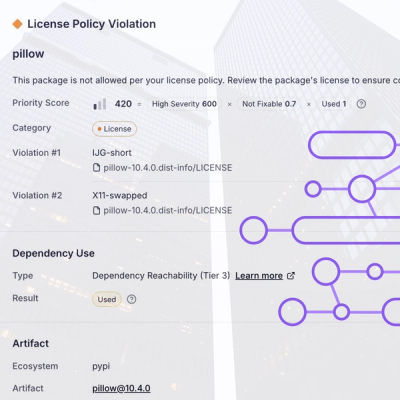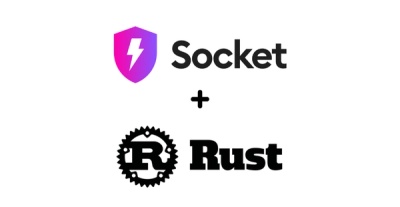
Research
/Security News
Critical Vulnerability in NestJS Devtools: Localhost RCE via Sandbox Escape
A flawed sandbox in @nestjs/devtools-integration lets attackers run code on your machine via CSRF, leading to full Remote Code Execution (RCE).
fable-core
Advanced tools
Fable core lib & bindings for native JS objects, browser and node APIs
Fable core lib and bindings for native JS objects, browser and Node APIs
RELEASE NOTES · Follow us on Twitter!
npm install --save fable-core
For general information on how to use Fable, please check the documentation.
fable-core uses ES5 syntax but it calls some ES2015 APIs (Symbol, Map, Set...),
so you will need a polyfill like core-js to use it
in environments that don't support these APIs.
The default distribution uses ES2015 modules in order to produce smaller sizes with bundlers
like Rollup (embedded with fable-compiler) or Webpack 2.
If you are not bundling your app, you'll probably need the UMD distribution instead (see below).
<ItemGroup>
<Reference Include="node_modules/fable-core/Fable.Core.dll" />
</ItemGroup>
#r "node_modules/fable-core/Fable.Core.dll"
open Fable.Core
open Fable.Import
If you're writing a Node application and don't use a module bundler, you just need
to instruct fable-compiler to use fable-core UMD distribution by passing --coreLib fable-core/umd
among the compiler options.
If you target the browser and prefer to load JS dependencies asynchronously instead of bundling,
you can easily load fable-core files with require.js as follows:
<script src="node_modules/requirejs/require.js"></script>
<script>
requirejs.config({
paths: {
'fable-core': 'node_modules/fable-core/umd'
}
});
</script>
FAQs
Fable core lib & bindings for native JS objects, browser and node APIs
The npm package fable-core receives a total of 0 weekly downloads. As such, fable-core popularity was classified as not popular.
We found that fable-core demonstrated a not healthy version release cadence and project activity because the last version was released a year ago. It has 1 open source maintainer collaborating on the project.
Did you know?

Socket for GitHub automatically highlights issues in each pull request and monitors the health of all your open source dependencies. Discover the contents of your packages and block harmful activity before you install or update your dependencies.

Research
/Security News
A flawed sandbox in @nestjs/devtools-integration lets attackers run code on your machine via CSRF, leading to full Remote Code Execution (RCE).

Product
Customize license detection with Socket’s new license overlays: gain control, reduce noise, and handle edge cases with precision.

Product
Socket now supports Rust and Cargo, offering package search for all users and experimental SBOM generation for enterprise projects.